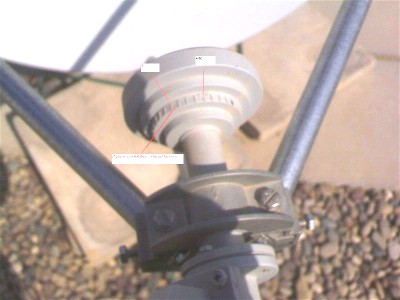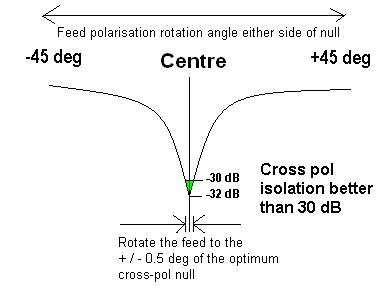| Home Login Register |
| Satellite Internet forum › iDirect Forum: hubs and terminals › -7 tx power. sorta scary! |
|
Pages: 1
|
-7 tx power. sorta scary!(Read 8485 times) |
|
Ex Member
Ex Member
|
Feb 26th, 2008 at 8:04pm
|
| Back to top |
IP Logged
|
|
Ex Member
Ex Member
|
Reply #1 - Feb 26th, 2008 at 9:52pm
|
| Back to top |
« Last Edit: Feb 26th, 2008 at 11:06pm by N/A »
IP Logged
|
|
Ex Member
Ex Member
|
Reply #2 - Feb 26th, 2008 at 11:25pm
|
| Back to top |
IP Logged
|
|
Ex Member
Ex Member
|
Reply #3 - Feb 27th, 2008 at 12:24am
|
| Back to top |
IP Logged
|
|
Ex Member
Ex Member
|
Reply #4 - Feb 27th, 2008 at 2:10am
|
| Back to top |
IP Logged
|
|
satbaja
Member
★★ Offline Posts: 29 |
Reply #5 - Feb 27th, 2008 at 5:32am
|
| Back to top |
IP Logged
|
|
Eric Johnston
Senior Member
★★★ Offline Posts: 2109 |
Reply #6 - Feb 27th, 2008 at 7:53am
|
| Back to top |
IP Logged
|
|
high
Member
★★ Offline Posts: 13 |
Reply #7 - Feb 27th, 2008 at 9:02am
|
| Back to top |
IP Logged
|
|
Ex Member
Ex Member
|
Reply #8 - Feb 27th, 2008 at 12:15pm
|
| Back to top |
IP Logged
|
|
Ex Member
Ex Member
|
Reply #9 - Feb 28th, 2008 at 4:20pm
|
| Back to top |
IP Logged
|
|
Eric Johnston
Senior Member
★★★ Offline Posts: 2109 |
Reply #10 - Feb 28th, 2008 at 6:59pm
|
| Back to top |
IP Logged
|
|
Ex Member
Ex Member
|
Reply #11 - Feb 28th, 2008 at 8:38pm
|
| Back to top |
« Last Edit: Feb 28th, 2008 at 10:09pm by Admin1 »
IP Logged
|
|
Eric Johnston
Senior Member
★★★ Offline Posts: 2109 |
Reply #12 - Feb 28th, 2008 at 10:17pm
|
| Back to top |
IP Logged
|
|
Ex Member
Ex Member
|
Reply #13 - Feb 29th, 2008 at 7:16am
|
| Back to top |
« Last Edit: Feb 29th, 2008 at 2:21pm by Admin1 »
IP Logged
|
|
Eric Johnston
Senior Member
★★★ Offline Posts: 2109 |
Reply #14 - Feb 29th, 2008 at 8:53am
|
| Back to top |
« Last Edit: Feb 29th, 2008 at 2:38pm by Admin1 »
IP Logged
|
|
Ex Member
Ex Member
|
Reply #15 - Mar 1st, 2008 at 1:09am
|
| Back to top |
IP Logged
|
|
Eric Johnston
Senior Member
★★★ Offline Posts: 2109 |
Reply #16 - Mar 1st, 2008 at 8:45am
|
| Back to top |
IP Logged
|
|
Pages: 1
|
Email me: eric@satsig.net
Powered by YaBB 2.5.2!
YaBB Forum Software © 2000-. All Rights Reserved.
Disclaimer, Terms of Use and Privacy Forum User Agreement Forum rules Cookie policy.






